Neurogenesis
Recent articles
Autism-linked perturbations converge on cell skeleton and RNA-binding proteins
The findings solidify the idea that autism-linked mutations affect brain activity by way of several key shared mechanisms.
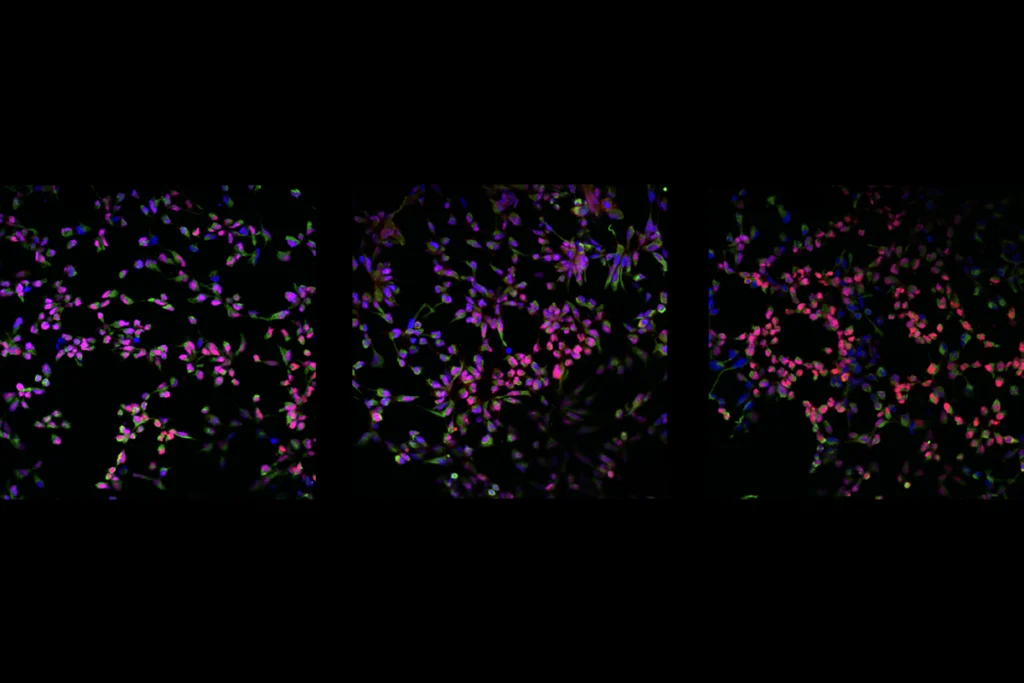
Autism-linked perturbations converge on cell skeleton and RNA-binding proteins
The findings solidify the idea that autism-linked mutations affect brain activity by way of several key shared mechanisms.
Head size parts autism into two major subtypes
An imbalance in the number of excitatory neurons in early brain development may account for the difference.
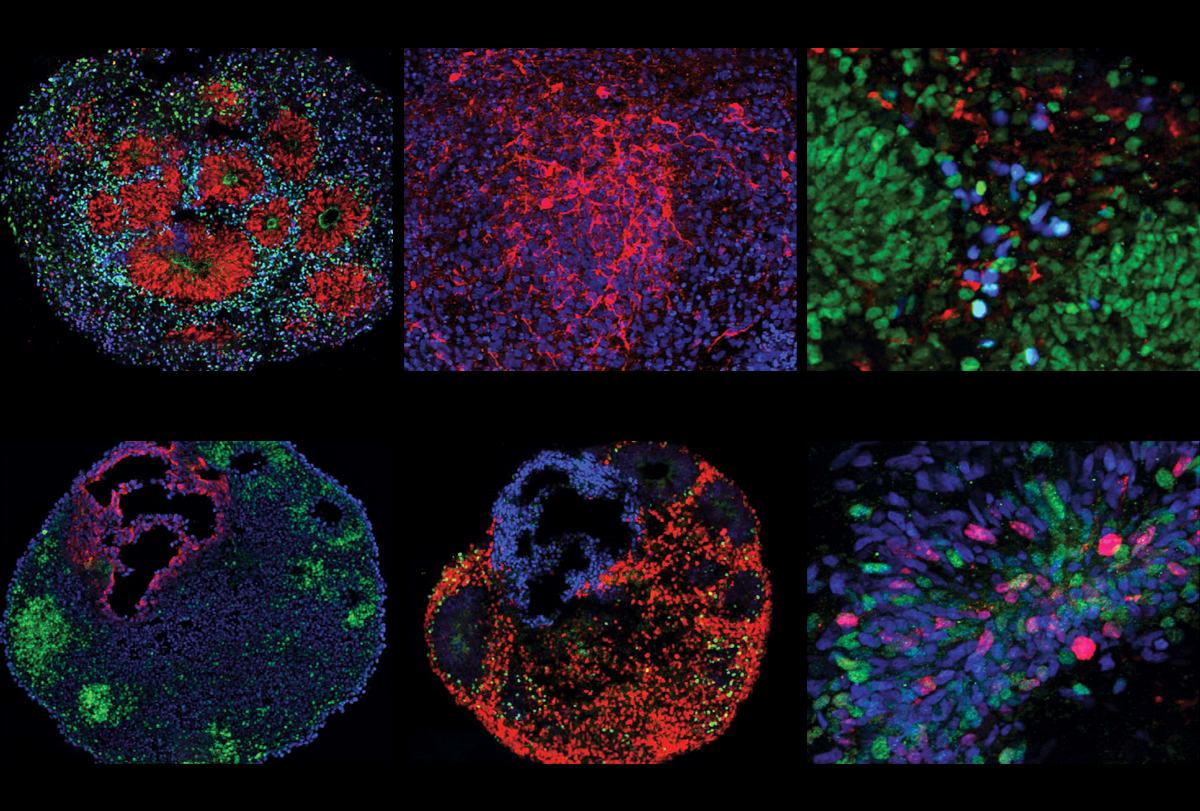
Head size parts autism into two major subtypes
An imbalance in the number of excitatory neurons in early brain development may account for the difference.
Genetic background sways effects of autism-linked mutation
Experiments offer clues to why certain mutations are associated with autism in some people and not others.
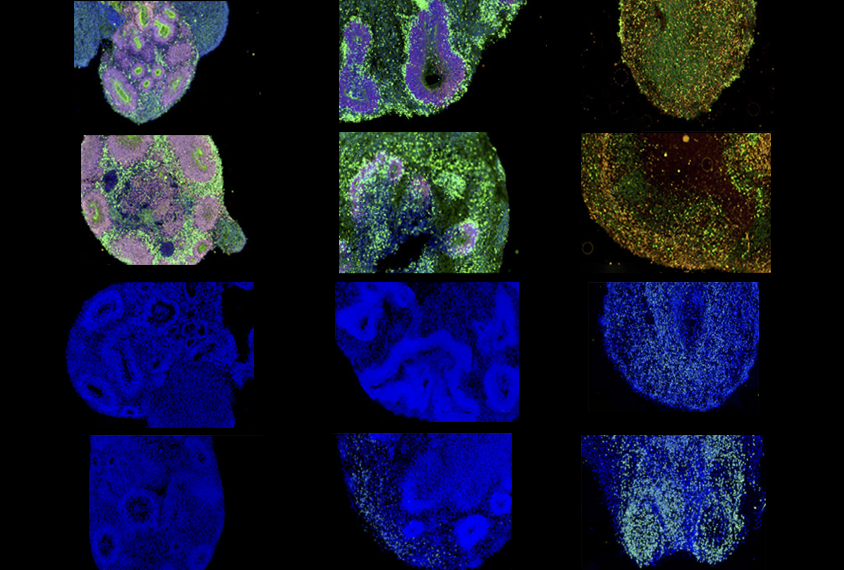
Genetic background sways effects of autism-linked mutation
Experiments offer clues to why certain mutations are associated with autism in some people and not others.
Rare autism-linked mutation starves growing neurons of essential nutrients
The mutation prevents certain amino acids from entering neurons, causing the cells to die early in development.
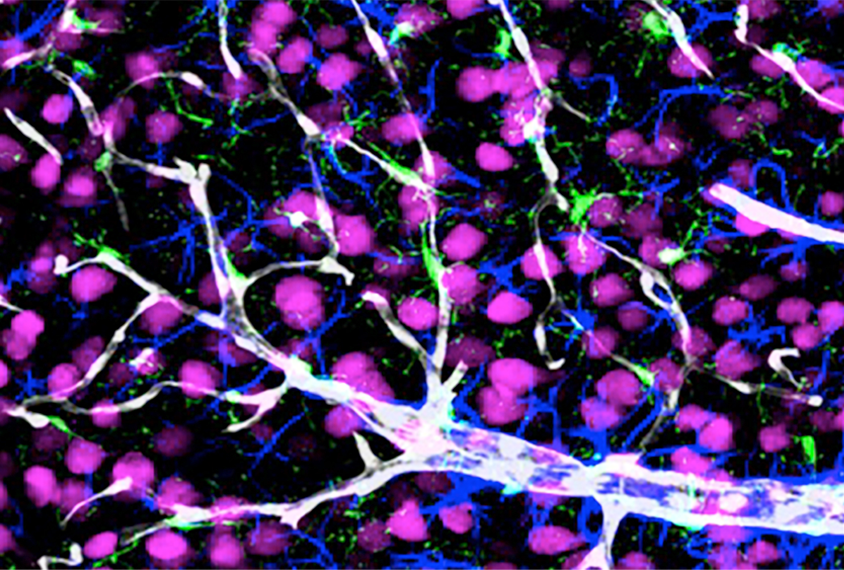
Rare autism-linked mutation starves growing neurons of essential nutrients
The mutation prevents certain amino acids from entering neurons, causing the cells to die early in development.
Immune molecule alters cellular makeup of human brain organoids
The changes may help explain the link between maternal infection and autism, though more research is needed.
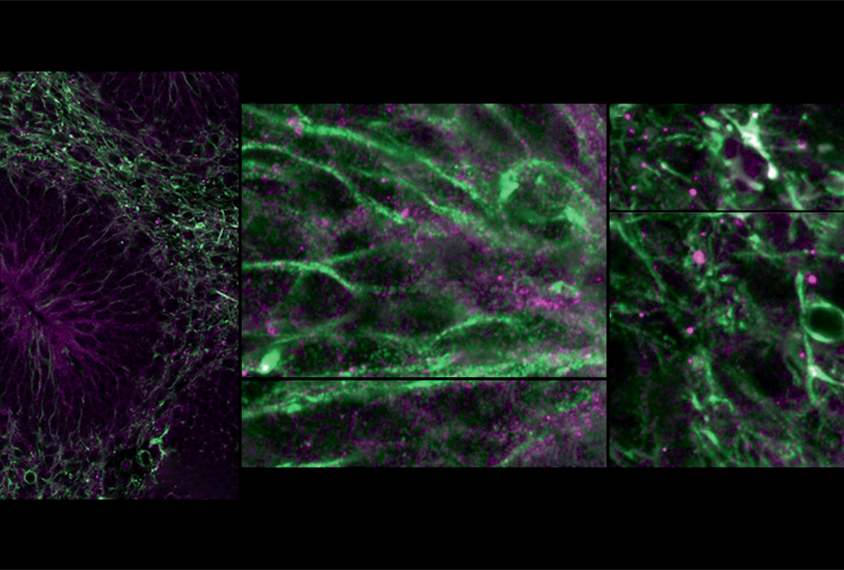
Immune molecule alters cellular makeup of human brain organoids
The changes may help explain the link between maternal infection and autism, though more research is needed.
Autism-linked MYT1L mutations prompt ‘identity crisis’ in budding brain cells
Both human and mouse progenitor cells with the alterations struggle to become neurons and instead express genes that are typically active only in muscle or the heart.

Autism-linked MYT1L mutations prompt ‘identity crisis’ in budding brain cells
Both human and mouse progenitor cells with the alterations struggle to become neurons and instead express genes that are typically active only in muscle or the heart.
Autism-tied gene ZNF462 keeps developing neurons on track
The gene, linked to a little-known condition called Weiss-Kruszka syndrome, prevents embryonic stem cells from deviating from their neuronal destiny.
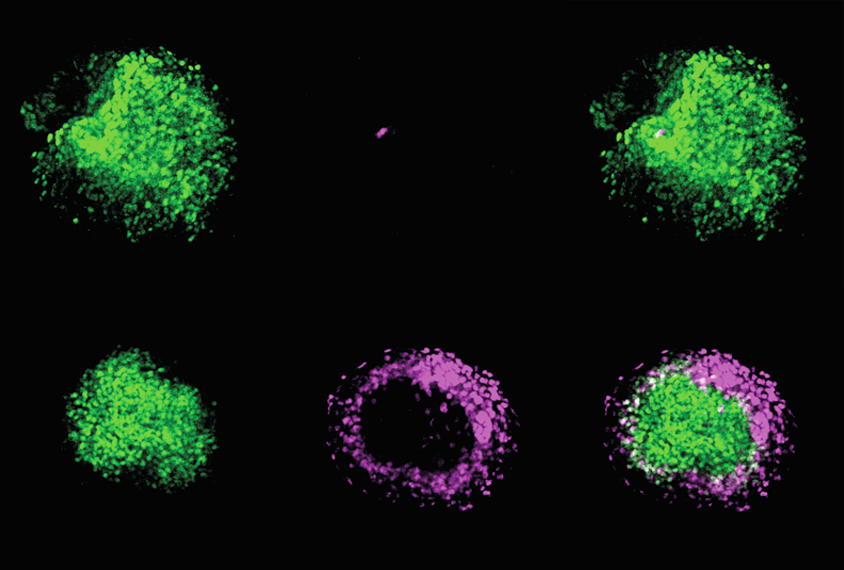
Autism-tied gene ZNF462 keeps developing neurons on track
The gene, linked to a little-known condition called Weiss-Kruszka syndrome, prevents embryonic stem cells from deviating from their neuronal destiny.
Lab-grown ‘embryoids’ offer new window into gene-trait relationships
The developmental models have advantages over natural embryos and other synthetic models, such as organoids, but present technical and ethical challenges.
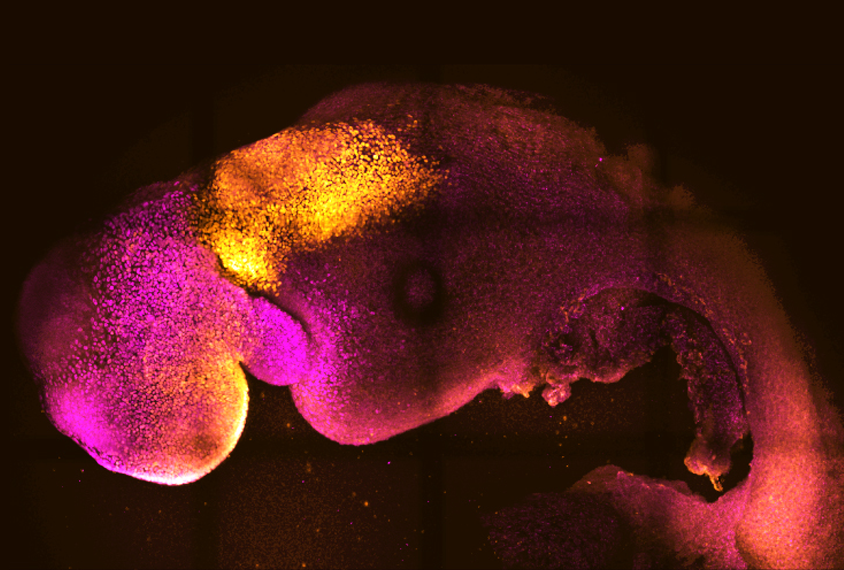
Lab-grown ‘embryoids’ offer new window into gene-trait relationships
The developmental models have advantages over natural embryos and other synthetic models, such as organoids, but present technical and ethical challenges.
Explore more from The Transmitter
Okur-Chung neurodevelopmental syndrome; excess CSF; autistic girls
Here is a roundup of autism-related news and research spotted around the web for the week of 21 October.
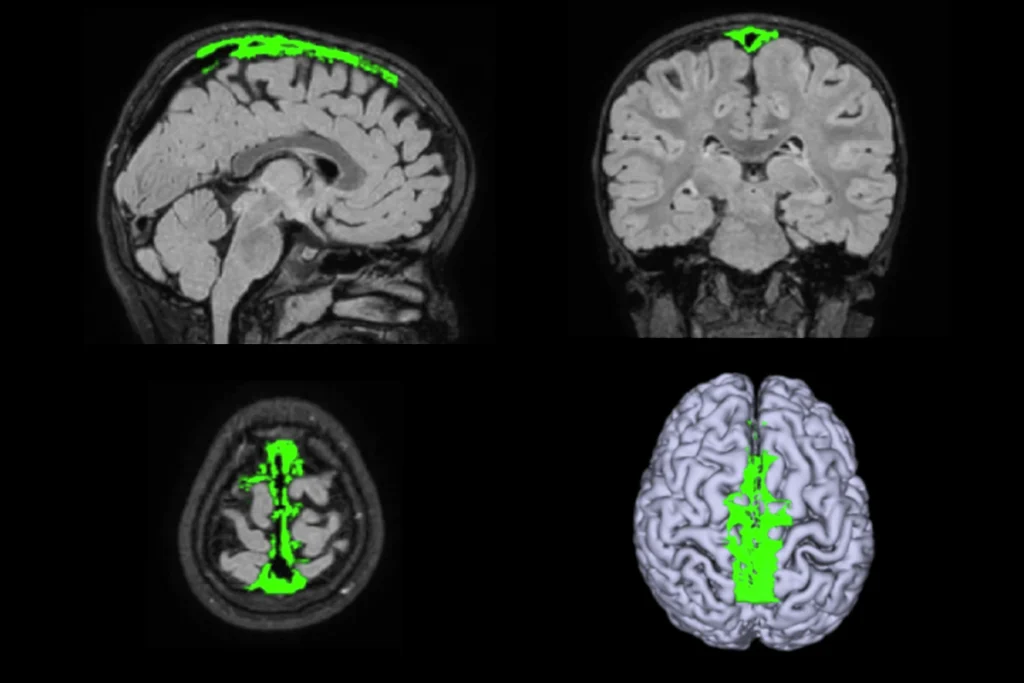
Okur-Chung neurodevelopmental syndrome; excess CSF; autistic girls
Here is a roundup of autism-related news and research spotted around the web for the week of 21 October.
Brains, biases and amyloid beta: Why the female brain deserves a closer look in Alzheimer’s research
New results suggest the disease progresses differently in women, but we need more basic science to unpack the mechanisms involved.
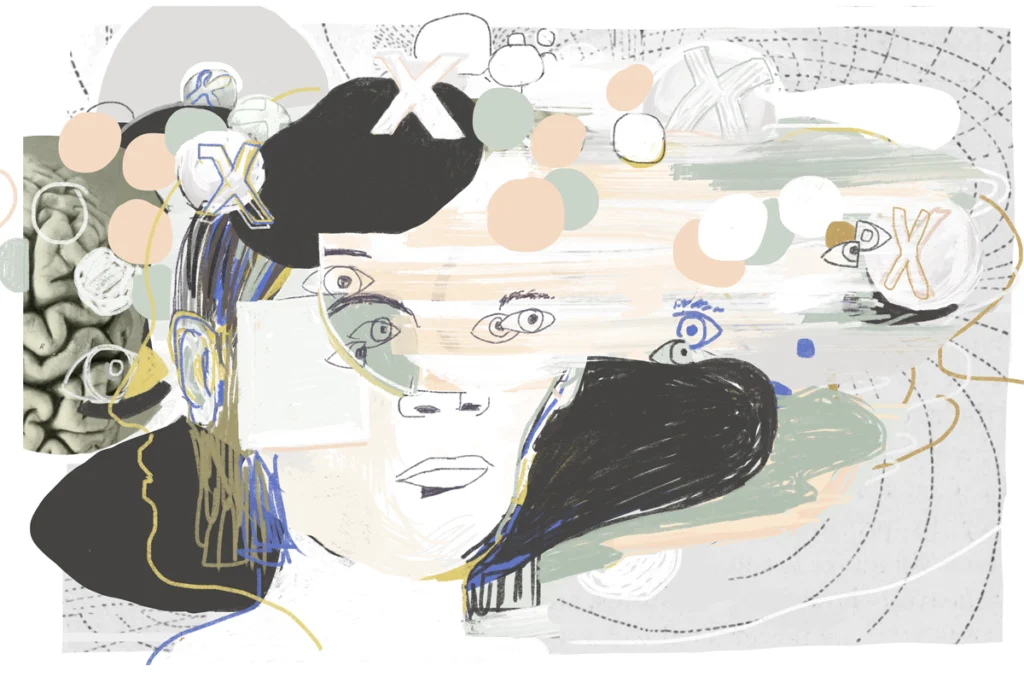
Brains, biases and amyloid beta: Why the female brain deserves a closer look in Alzheimer’s research
New results suggest the disease progresses differently in women, but we need more basic science to unpack the mechanisms involved.
Are brains and AI converging?—an excerpt from ‘ChatGPT and the Future of AI: The Deep Language Revolution’
In his new book, to be published next week, computational neuroscience pioneer Terrence Sejnowski tackles debates about AI’s capacity to mirror cognitive processes.
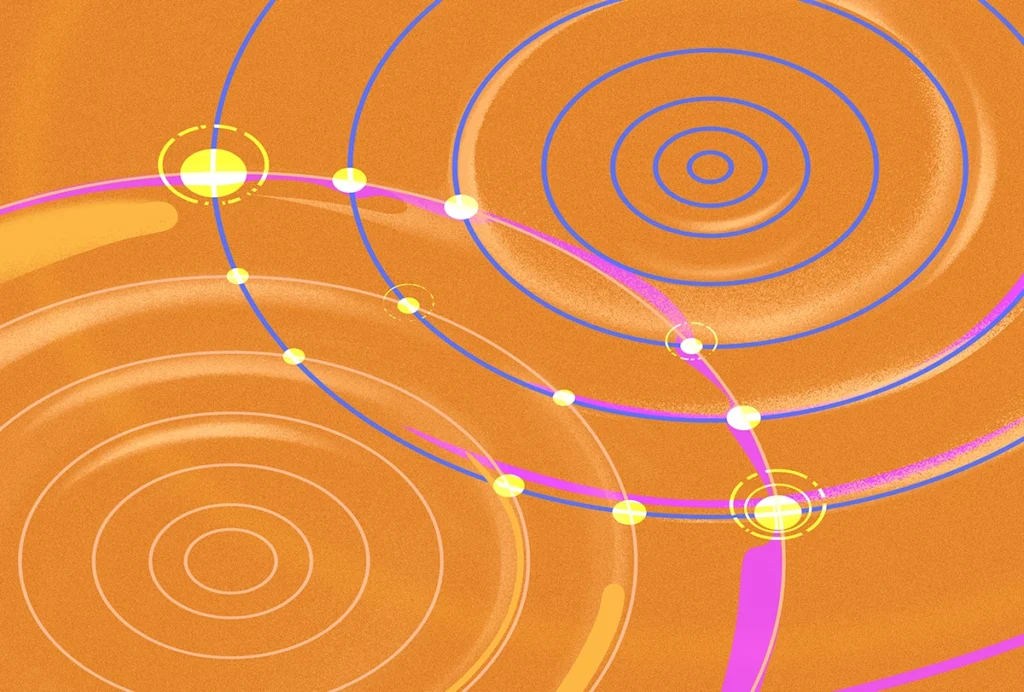
Are brains and AI converging?—an excerpt from ‘ChatGPT and the Future of AI: The Deep Language Revolution’
In his new book, to be published next week, computational neuroscience pioneer Terrence Sejnowski tackles debates about AI’s capacity to mirror cognitive processes.